Guide Méthodologique d’Evaluation Sensible au Genre
Juillet 2020
Après l’adoption successive de la Politique Nationale d’Évaluation et l’élaboration d’un Guide méthodologique national d’évaluation des politiques publiques qui constituent deux cadres de référence pour la promotion de la culture de l’évaluation, il a été décidé de renforcer les moyens techniques destinés à favoriser la pratique de l’évaluation. A cet effet, le présent manuel a été produit pour favoriser l’intégration d’une sensibilité genre dans les outils d’évaluation des politiques.
L’élaboration du Manuel s’est appuyée sur les supports de référence méthodologique pertinents dont le guide méthodologique national d’évaluation.
Il a été conçu pour renforcer et susciter l’harmonisation de la compréhension des concepts de base utilisés en approche genre et développement, approche de gestion axée sur les résultats sensible au genre et outils pratiques en techniques d’évaluation des politiques publiques.
Note Pour le Renforcement du Niveau de Sensibilite Genre du Guide d’Evaluation
Juillet 2020
Le Bénin, qui s’est donné, comme objectif fondamental l’instauration d’une gouvernance publique saine et participative, accorde de plus en plus d’importance à l’évaluation qui a été érigée au rang des priorités nationales. Ainsi, l’institutionnalisation de l’évaluation au Bénin, engagée, depuis, 2007, a conduit à la mise en place d’un cadre institutionnel de l’évaluation des politiques publiques et l’adoption en 2012 de la Politique Nationale de l’Évaluation (PNÉ) dont la mise en oeuvre est coordonnée par la Primature. Au titre des actions développées on peut relever, entre autres, la production d’un guide méthodologique destiné à servir de référentiel pour mieux orienter les experts commis à l’effet de conduire des processus d’évaluation. Ledit guide vise à permettre aux praticiens de l’évaluation un parchemin et un contenu axés sur la manière de conduire des évaluations aux fins d’améliorer l’utilisation des modalités et outils techniques et, partant, la qualité des rapports produits.
Ainsi, l’option de renforcent des compétences requises pour plus d’efficacité des processus d’évaluation est engagée de manière à poursuivre l’institutionnalisation de la culture d’évaluation. A cet effet, des revues techniques périodiques sont organisées pour améliorer la qualité des approches méthodologiques et des outils techniques. C’est dans ce cadre que la présente note technique est élaborée pour réunir les éléments destinés à améliorer la sensibilité genre du guide méthodologique national d’évaluation.
Effets des initiatives de renforcement des capacités parlementaires – Résumé exécutif
Février 2020
Ce rapport présente les résultats d’une étude de traceur menée par CLEAR-AA en partenariat avec Twende Mbele à la suite de leurs interventions de renforcement des capacités visant à améliorer l’utilisation des preuves et les processus de S&E dans les parlements africains entre 2017 et 2018. Les données de l’étude de traceur présentées dans ce rapport ont été collectées à partir de participants basés en Tanzanie, en Ouganda, au Rwanda, au Ghana, au Kenya, au Bénin, au Malawi, en Zambie, au Nigéria et en Afrique du Sud. Les participants à l’étude étaient en grande partie issus des parlements nationaux (ceux-ci comprenaient également des membres du Réseau des parlementaires africains sur l’évaluation du développement – APNODE), mais aussi, dans une moindre mesure, des parlements régionaux, des organisations bénévoles pour l’évaluation professionnelle (VOPES), du gouvernement, du monde universitaire et entités de la société civile. Les principaux objectifs de l’étude sur les traceurs étaient:
- mieux comprendre l’efficacité des interventions de renforcement des capacités (formation, formation des formateurs (ToT) et ateliers d’apprentissage par les pairs) notamment en termes d’apprentissage, d’application et de transfert de connaissances et de compétences en ce qui concerne le renforcement de l’utilisation des preuves dans les parlements;
- générer des preuves fondamentales autour d’approches efficaces de renforcement des capacités sur lesquelles s’appuyer;
- fournir des recommandations sur la manière d’améliorer l’efficacité et la durabilité des initiatives de renforcement des capacités parlementaires.
Effects of the Parliamentary Capacity Strengthening Initiatives – Tracer Study Report
February 2020
This report presents results from a tracer study conducted by CLEAR-AA in partnership with Twende Mbele following their capacity strengthening interventions aimed at improving evidence use and M&E processes in African parliaments between 2017 and 2018. The tracer study data presented in this report was collected from participants based in Tanzania, Uganda, Rwanda, Ghana, Kenya, Benin, Malawi, Zambia, Nigeria and South Africa. The study participants were largely drawn from national parliaments (these also included members of the African Parliamentarians’ Network on Development Evaluation – APNODE), but also to a lesser extent from regional parliaments, Voluntary Organisations for Professional Evaluation (VOPES), government, academia and civil society entities. The main objectives of the tracer study were:
• to better understand the effectiveness of the capacity strengthening interventions (Training, Training of Trainers (ToT), and Peer Learning workshops) particularly in terms of learning, application, and transfer of knowledge and skills with regards to strengthening evidence use in parliaments;
• to generate foundational evidence around effective capacity development approaches that could be built on;
• to provide recommendations on how the effectiveness and sustainability of parliamentary capacity strengthening initiatives can be improved.
Evaluation Evidence for Public Procurement Policy-making in Uganda
October 2020
This policy brief discusses findings from a case study conducted to illustrate how evidence from an evaluation informed decision- and policymaking of a major
reform, the amendment of the Public Procurement and Disposal of Assets Act in Uganda. The evaluation was managed by the Office of the Prime Minister (OPM) and the Public Procurement and Disposal of Assets Authority (PPDA) to improve the effectiveness and efficiency of implementation of public procurement. This evaluation sought to address important knowledge gaps in the implementation of the procurement act before it was gazetted. The evaluation findings specifically informed the following provisions in the procurement act:
• Revisions of procurement thresholds for different bidding methods and implementing a system to address these;
• Flexibility for sectors that need specialised procurement roads, electricity and health
• Approval of the solicitor general (SG) was required for all procurement above USh 50 million and this was revised to above USh 200 million; and
• The evaluation has continued to inform how evaluations are conducted in different government MDAs including PPDA.
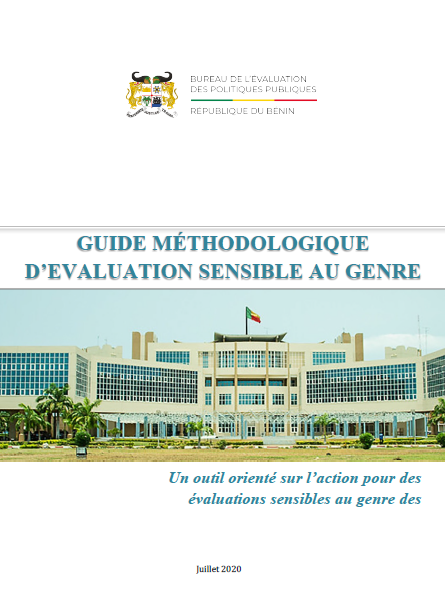
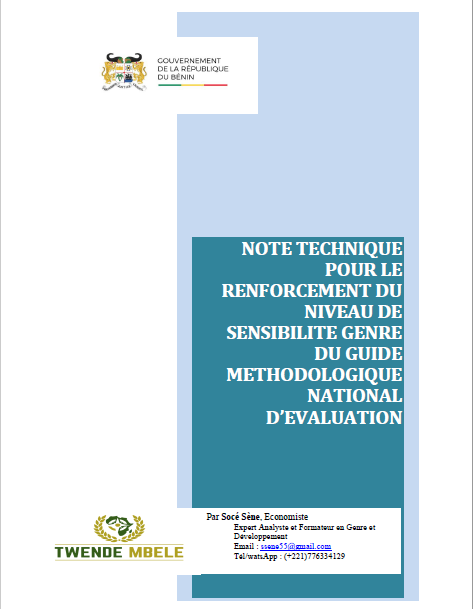
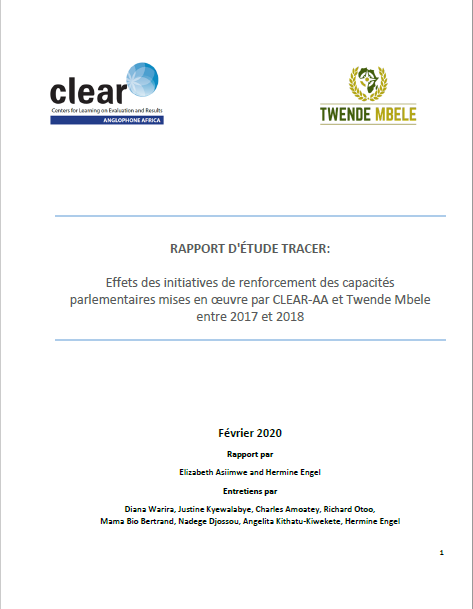
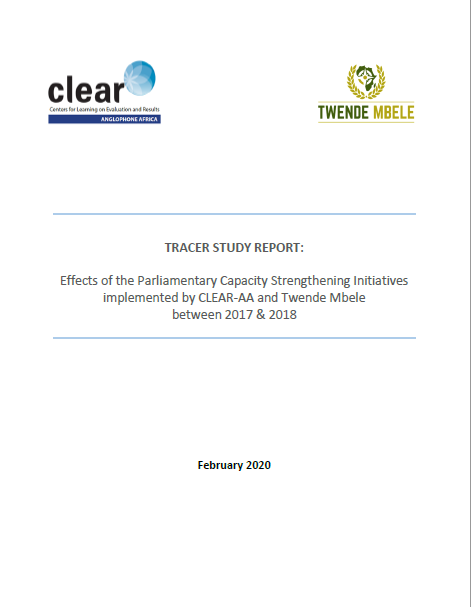
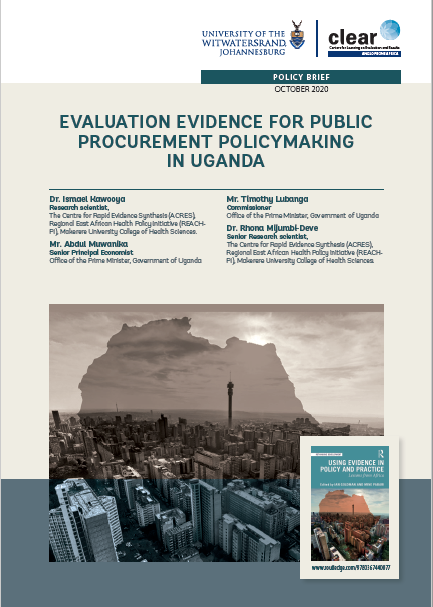
 CreativeBox
CreativeBox
